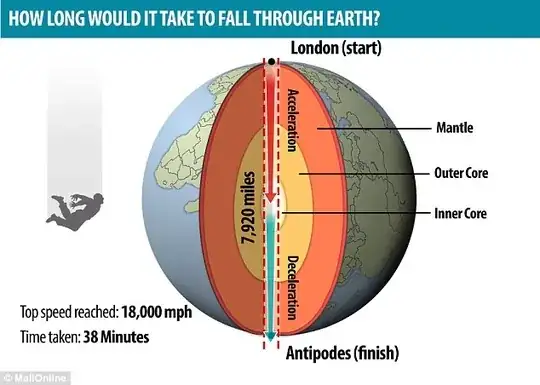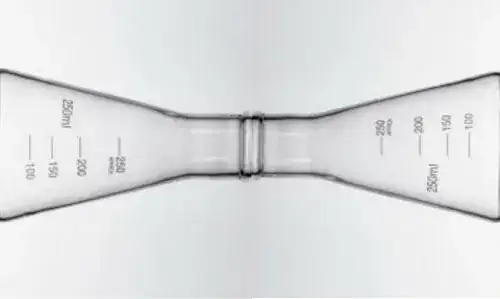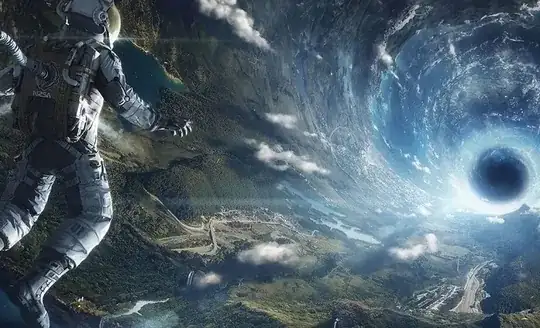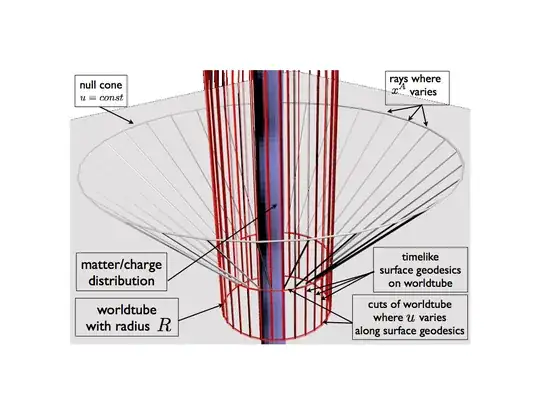Any question about Black Holes or time travel seems to have some untested theory or incredibly complicated and prohibitively expensive solution, this question is no different.
While the second half of this 2 part question can be a guess, it would be great if the first half could be estimated and calculated with a reasonable level of precision.
Cornell University has this interesting article: "Can you see the future as you fall into a black hole?", and many have heard of the question: "What would happen if I fell through the Earth?".
This question is basically the same idea, but as it applies to a specially designed Black Hole.
Sort of like asking about the mass of a sphere with two cones removed from it, but I'm more concerned about gravity (or minimizing it in the center) and the predicted difference (if significant) between this shape and a conventional (flattened spheric) Black Hole.
If we could do some (admittedly impractical and expensive) mining, or construct a force field or, create a gravity bottle the shape of two Erlenmeyer flasks placed mouth to mount inside a Black Hole ...
Question 1: Could one design a shape that could be carved out of a Black Hole such that you could walk or fly through the center and back out without being trapped or crushed by gravity?
Loose assumptions (so it's easier to design, solve, and use):
The diameter of the tunnel can be a few 1000 meters or more to allow any heatshield and antiradiation lining to minimize the amount of protective plating on your spacecraft.
The chosen length of the cone connecting tunnel versus the size of the two funnels needs to remove enough mass to reduce the gravity to no greater than 2g throughout one's journey through the center.
Gravity far away from you (like externally at the equator) can be much higher (it's not like the "fall through the Earth question" says that the hole affects Earth's gravity significantly) It also mentions that in the center it's zero gravity.
If it could never be practical for a manned spacecraft to travel through the center then I guess it could be useful if the 2g constraint was increased 5 to 50 times greater, but only if the increased gravity would increase the effect (in the event that the amount of central gravity would make any difference to question 2).
The total mass and radius of the Black Hole can be fairly large, if we're not concerning ourselves as to how we'll shovel all that matter out why worry about those parameters either. The answerer is welcome to pick a convenient size to make the math easier and it would be helpful if this modified Black Hole made question 2 easier to figure out (to provide a useful / measurable effect).
So I not trying to limit the design too much.
Question 2: Would such a portal (or sphere with two cones connected by a tunnel) allow spacetime effects to be studied (either mathematically, or using a probe / spacecraft) and would it be expected to maintain most of the spacetime effects of a similar Black Hole that was not so modified?
Artist's conception of finished product:
Here's a useful illustration of an outgoing null cone from "Bondi-Sachs Formalism" by Thomas Mädler and Jeffrey Winicour where they write:
"The Bondi-Sachs formalism of General Relativity is a metric-based treatment of the Einstein equations in which the coordinates are adapted to the null geodesics of the spacetime. It provided the first convincing evidence that gravitational radiation is a nonlinear effect of general relativity and that the emission of gravitational waves from an isolated system is accompanied by a mass loss from the system. The asymptotic behaviour of the Bondi-Sachs metric revealed the existence of the symmetry group at null infinity, the Bondi-Metzner-Sachs group, which turned out to be larger than the Poincare group".
Thanks for your comments and answers (corrections welcome).




